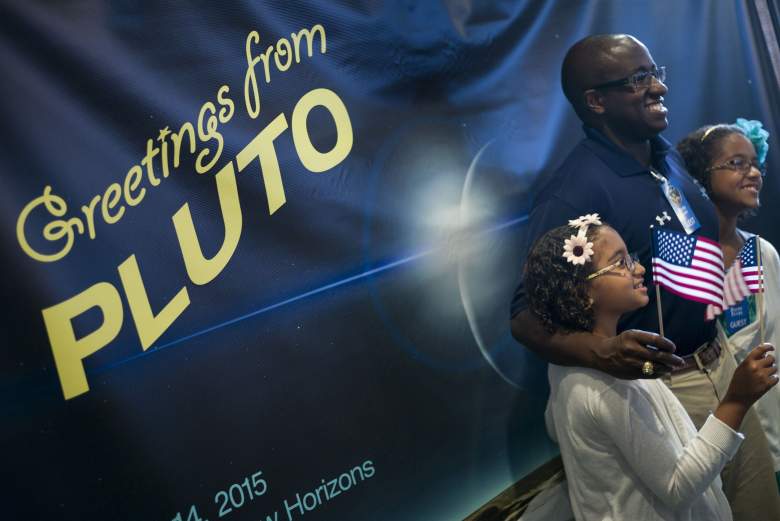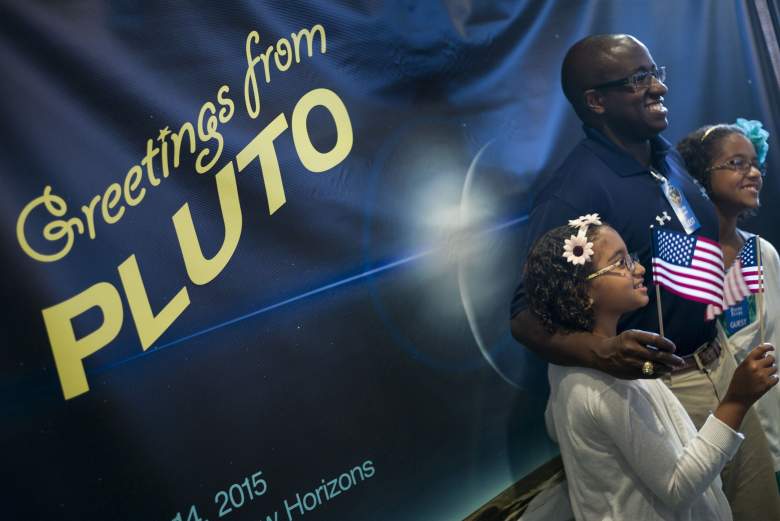
Getty Images
On a day like today 16 years ago, the NASA When New Horizons departed for Pluto on January 19, 2006, it embarked on one of its longest missions. On July 14, 2015, an unmanned spacecraft passed over the dwarf planet at the end of our solar system.
The Houston-based Lunar and Planetary Institute used the mission’s images and data to create new visions of Pluto. According to Space.com.
The mission went deeper into space than previous missions, capturing Pluto, its moons and the outer solar system’s Khyber belt, with ice bodies believed by scientists to be the remnants of the formation of the solar system. The Khyber belt is about a billion miles beyond the orbit of Neptune. According to NASA.
UCLA astronomer David Juvid writes:
The Khyber belt is important for the study of planetary structure in at least two stages. First, Khyber belt materials may be the most ancient remnants of the early stages of the solar system. The inner, densest parts of the pre-planetary disk were compressed into major planets. Second, the Khyber belt is widely believed to be the source of short-lived comets. It acts as a reservoir for these bodies just as the Oort Cloud acts as a reservoir for long-term comets.
Here’s what you need to know:
The New Horizons spacecraft was so fast at the time that its third attempt was launched on January 19, 2006.
The New Horizons spacecraft was launched from Cape Canaveral, Florida on January 19, 2006 at 2 pm on the Atlas V rocket. According to NASA. The flight was delayed twice due to strong winds.
NASA announced in a statement that it was launched at that time:
“NASA’s New Horizons spacecraft was launched from Cape Canaveral Air Force Base in Florida on a fast-moving Atlas V rocket.”
Houston Space Center Celebrated the 15th anniversary of the launch of Facebook last year.
“This first mission to the Pluto system and the Khyber belt made incredible discoveries about the origin of our solar system and the suburbs,” the post said.
The small study was loaded with imaging software and scientific equipment including imaging infrared and ultraviolet spectra, a multi-color camera, a long-range telescope camera, two particle spectra, and a space dust detector. As written by the Houston Space Center.
“The compact, piano-sized 1,050-pound probe was inspired by a solid-propulsion engine for its voyage to Pluto. The Houston Space Center wrote that the fastest spacecraft launched by New Horizons at that time reached the distance of nine hours in lunar orbit and passed through Jupiter 13 months later.”
New Horizons discovers Pluto’s four previously unknown moons
New Horizons reached Jupiter a year after launch and reduced its travel time to Pluto using the gravitational pull of the great planet. Written by the Houston Space Center.
“That fly saved time for the flight to Pluto. It provided an opportunity to test the spacecraft’s equipment and flying capabilities on the Jupiter system, “the Houston Space Center wrote.
On July 14, 2015, New Horizons conducted a six-month flyover survey of Pluto and its moons with a very close approach to Pluto.
You can view photos and videos collected by New Horizons Here.
The study of Pluto was considered primary. According to NASA, Which calls the Khyber belt the “monument to the formation of the solar system”. In addition to studies of the Khyber belt, the photos allowed scientists to identify four previously undiscovered moons of Pluto: Nix, Hydra, Styx and Kerberos. Pluto has five moons, and the largest saron is as large as Pluto.
“Looking at these worlds from a spaceship tells an incredible story about the origin of our solar system and the suburbs,” NASA wrote. “New Horizons is for the first time exploring how ice dwarf planets such as Pluto and the bodies of the Khyber belt formed over time.”







:quality(85)/cloudfront-us-east-1.images.arcpublishing.com/infobae/KTKFKR763RBZ5BDQZJ36S5QUHM.jpg)